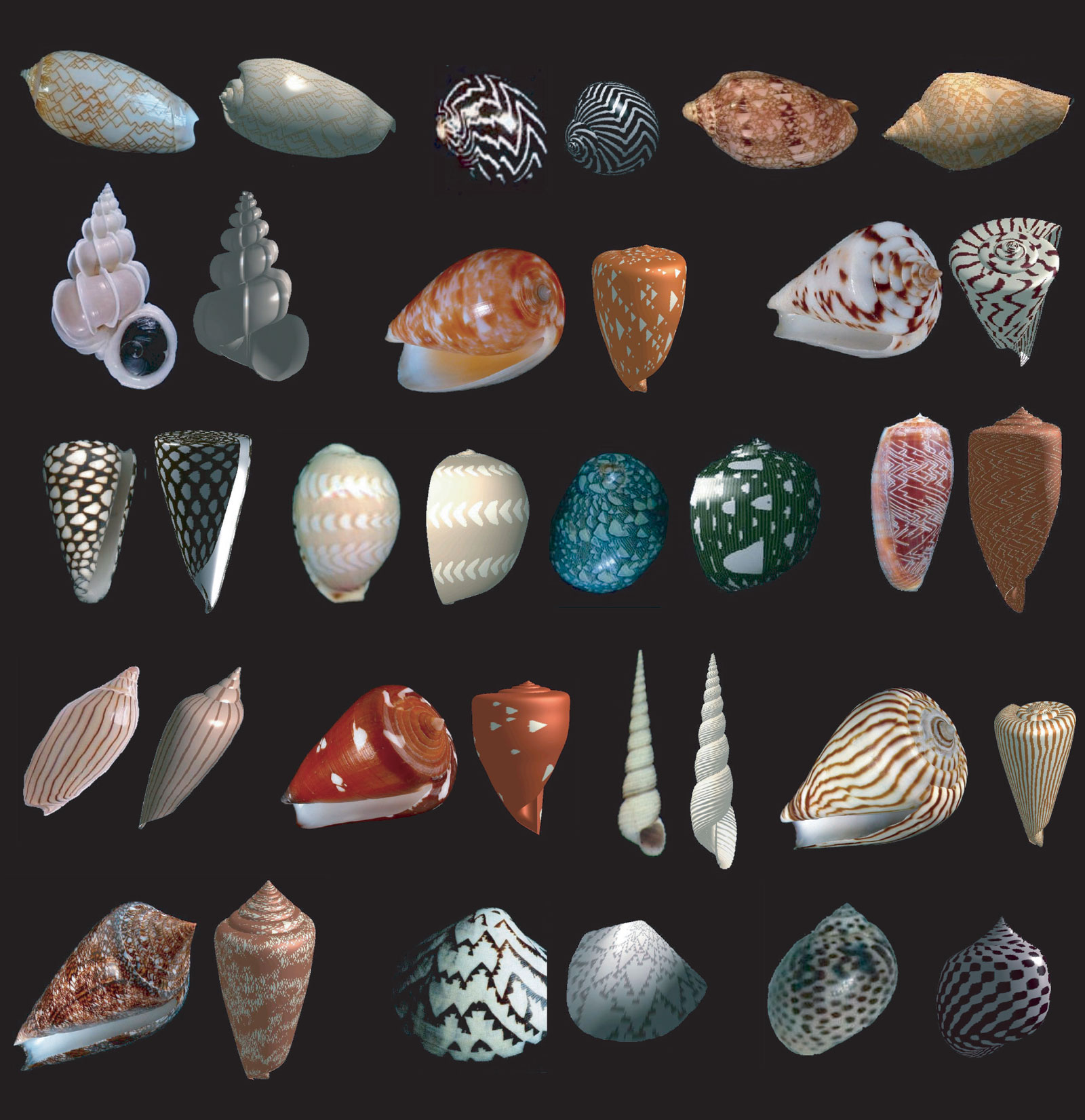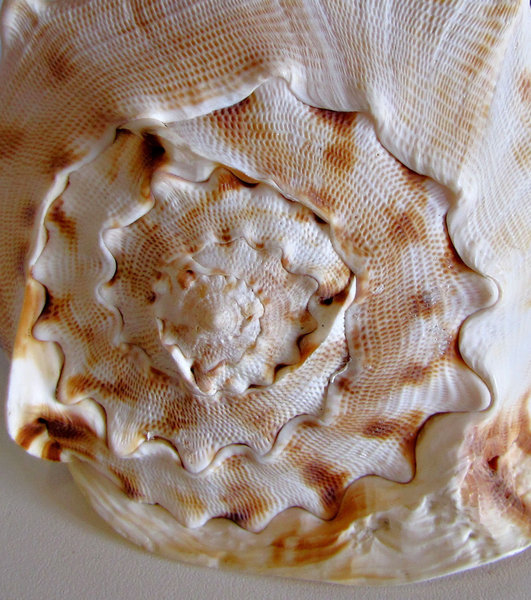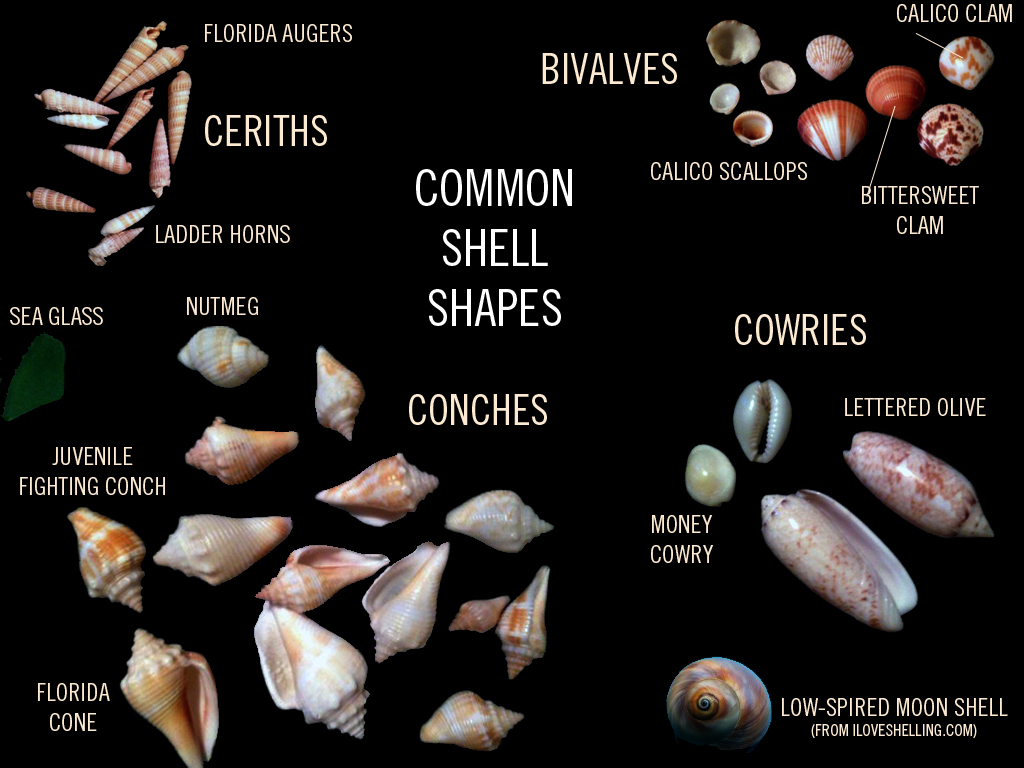
Amazing shapes of sea shells part 1/3 PicsCrunch
From then on, the shell then becomes uncoiled, acquiring its typical, irregular shape. The shell "tube" is about 3/8 inches (1 cm) in diameter. These shells reach a maximum of 3 inches (8 cm) in length. The first six shell whorls are typically regularly coiled with later whorls becoming detached from the shell.

Amazing shapes of sea shells part 1/3 PicsCrunch
Specialized cells in the mantle build the shell using proteins and minerals. These are secreted—released into the space outside the cells. There, the proteins create a framework that provides support for the growing shell. The proteins in the framework also determine which minerals are used in specific parts of the shell.

Sancapstar Shell Guide Sea shells, Shells, Sanibel shells
2K Are you ready for the ultimate sea shell identification guide? I'm going to help you identify 63 amazing shells. There are actually around 100,000 shells in the world. So I choose to highlight the shells you are most likely to find at the beach, including rare, huge, and even one deadly shell.

The neural origins of shell structure and pattern in aquatic mollusks Our Environment at Berkeley
Queen Conch, as with all sea snails, have a well-developed head with eyes, tentacles, and a mouth; a broad muscular foot for crawling, and a soft body mass that is protected by their shell. Size: Up to 8-12 in, 15-31 cm; living up to 40 years. Interior of a Queen Conch Seashell (Strombus, gigas) Big, heavy, and impressive shells house a tasty.

The scute segments (center) of a turtle's shell are hexagonal Turtle, Turtle shell, Shell pattern
There are so many sea shell types that scientists follow the system of classifying them into manageable groups. They are placed in seven classes. Gastropoda - gastropods (snails, whelks, cowries, etc.), Bivalvia - bivalves (cockles, clams, scallops etc.) Scaphopoda (tusk shells), Aplacophora (worm-like mollusks), Polyplacophora (chitons.

Amazing shapes of sea shells part 3/3 PicsCrunch
Many of these shells have spectacularly complex shapes—logarithmic spirals bedecked with fractal spines or other ornaments, all executed with near-perfect mathematical regularity. Yet mollusks,.

Natural Background from Many Shells of Different Shapes and Col Stock Image Image of colors
The pear whelk shell is the smallest, looks like a fig shape, and is smoother. The channeled whelk has end extended outward from spiral, as if it was pulled out. Sand and churning in tides can often smooth out shells so some of these textures can vary. See more whelk shell details Coral or worm rock photo

Free stock photos Rgbstock Free stock images shell shaped TACLUDA April 29 2011 (18)
Scaphopoda Aplacophora Monoplacophora Cephalopoda Polyplacophora Gastropods and bivalves are the most common kinds of shells you will find washed up on beaches. Bivalves are the commoner out of the two of these. The bulk of this article examines the different kinds of shells you would find in these groups. Share This Image On Your Site

Amazing shapes of sea shells part 1/3 PicsCrunch
These shapes are called logarithmic spirals, and Nautilus shells are just one example. You also see logarithmic spiral shapes in spiral galaxies, and in many plants such as sunflowers. Nature.

Different Shapes, Snail, Shells, Conch Shells, Seashells, Sea Shells, Slug, Clam Shells, Shell
Simple illustrations of the following shell shapes: convolute, fusiform, turbiniform, patelliform, sub-lenticular, turreted, biconical, conical, irregularly coiled, obconical, pyriform. Diagram of parts of a gastropod shell. Diagram of parts of a gastropod shell A diagram of different parts of a gastropod shell.

Common Shell Shapes by rachelvalice on DeviantArt
The five types of shells we will cover are: Gastropoda Bivalvia Scaphopoda Polyplacophora Cephalopoda Let's start by dabbling in the science of Conchology (study of shells) by expanding the different types of shells to discover which species belong to each category.

Amazing shapes of sea shells part 2/3 PicsCrunch
A seashell or sea shell, also known simply as a shell, is a hard, protective outer layer usually created by an animal or organism that lives in the sea. The shell is part of the body of the animal. Empty seashells are often found washed up on beaches by beachcombers.

Closeup of Colorful Sea Shells in Different Shapes Stock Image Image of holiday, vacation
Jean Allsopp Approximately 35 species of limpets live in North American waters. Conical shells may be smooth or ribbed, round or narrow at the base, and may reach 4 inches in diameter. Limpets living in turbulent wave areas have lower shell heights than those in calmer conditions. Limpets living among grasses have longer, narrower shells.

Amazing shapes of sea shells part 1/3 PicsCrunch
Conchiglie. Conchiglie ( Italian: [koŋˈkiʎʎe] ), commonly known as " shells " or " seashells ", is a type of pasta. It is usually sold in the plain durum wheat variety, and also in colored varieties which use natural pigments, such as tomato extract, squid ink or spinach extract. The shell shape of the pasta allows the sauce to adhere to it.

Best Shelling Locations in Florida HobbyLark
In a very profane basic way, mollusks with shells - commonly called " seashells " - can be placed into two categories: gastropods and bivalves. Gastropods have a single shell which are commonly known as conches. An example commonly found in many cuisines around the world is the purple dye murex. Bivalves are animals that have two shells which.

Colorful Sea Shells Sea shells, Art prints, Color
Seashell Shapes are Important Too; While there are thousands of seashells, you can boil them down to two major types and two general shapes. Let's discuss the shapes first. The first common shape is a smooth, round design. This makes it easy for the animal to scoot around the ocean rather quickly. Mollusks that create these shells depend on.